The space technology application research program (KC13) in the coming period prioritizes the development of propulsion systems, aiming to master a number of key technologies in satellite propulsion technology.
The information was given by Prof. Dr. Nguyen Lac Hong, Head of the KC13 Program, at the workshop on space research orientation for the period 2021 - 2030 on the afternoon of October 26 in Ho Chi Minh City. The conference was organized by the Office of State Key Programs, Ministry of Science and Technology.
The KC13 program in the 2016-2020 period carried out 38 topics and tasks, trained 36 PhDs, 75 Masters, and built 14 strong research groups in the field of space. Vietnamese scientists have developed many products such as a nano-sized super satellite called NanoDragon; the TV-01 experimental rocket that separated stages and deployed a parachute to retrieve the satellite box.
In the coming period, the Program will prioritize research and development tasks on technology and engineering design for propulsion systems and small engines applied in space technology.
According to Professor Hong, the propulsion system is a complex technique that requires high technology. Previously, when Vietnam launched satellites, it had to rent a rocket launch system from foreign countries such as France, Japan, etc. at high costs. In the period from 2020 onwards, the KC13 program developed the TV-01 and TV-02 test rocket models with the initial goal of researching the propulsion system for satellites using domestic resources. To make a rocket, it is necessary to apply many new technologies, resources in terms of facilities, people, and very high costs.
"Domestic rocket models have only stopped at confirming the principles and feasibility with an operating time of a few dozen seconds and need to invest in long-term research to achieve higher results," said Professor Hong, adding that in the coming period, the program will aim for larger-scale research.
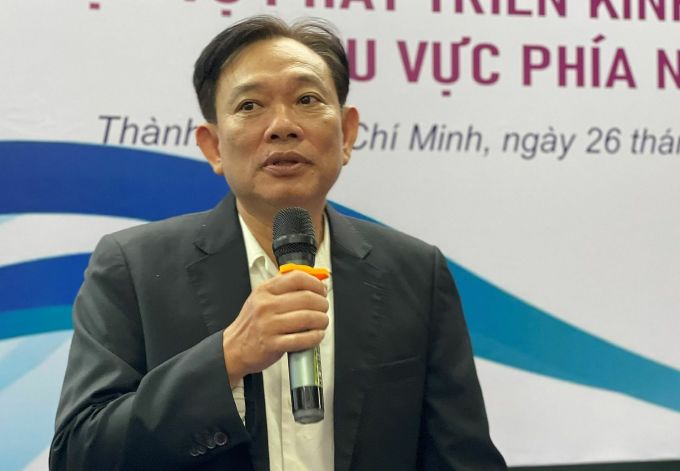
Professor Nguyen Lac Hong, Head of the KC13 Program, shared the orientation of space technology research in the period of 2021 - 2030 at the conference on the afternoon of October 26. Photo: Ha An
According to Professor Hong, satellite technology is a relatively new field in Vietnam, it is necessary to focus research resources, initially master some core technologies, source technologies to research and manufacture satellites to serve economic development, national security and defense... Based on data collected from satellites after analysis to determine environmental risk factors, natural disaster prevention, climate change response and other purposes.
The KC13 program also encourages research on building imaging systems, observing the Earth's surface, and meteorological satellite systems; prioritizing research on completing national and regional remote sensing databases, building near-real-time big data systems in socio-economic development to ensure national defense and security, prevent natural disasters, and respond to climate change...
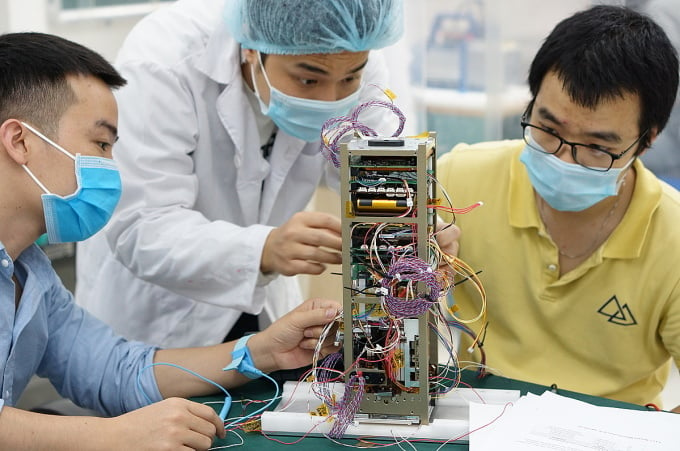
Vietnamese engineers design NanoDragon satellite. Photo: VNSC
Associate Professor Dr. Ngo Khanh Hieu, Department of Aeronautical Engineering, Ho Chi Minh City University of Technology, proposed that applied research topics in the aerospace industry and other risky fields should have a transparent procedural mechanism to motivate scientists to boldly conduct research.
Assoc. Prof. Dr. Le Trung Chon, Ho Chi Minh City University of Natural Resources and Environment, said that there are not many places that specialize in remote sensing and space technology, but only teach related fields such as surveying and mapping... He proposed that the KC13 program management board order the development of a space technology training program from the university level to help develop a team of lecturers for the next generation. For human resources applying technology, depending on the needs of each group of fields, training will be organized in the form of postgraduate training.
Ha An
Source link








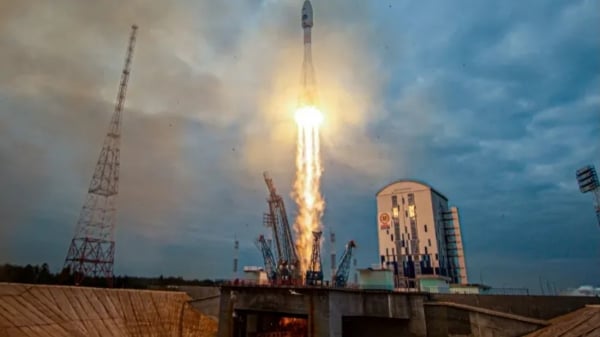



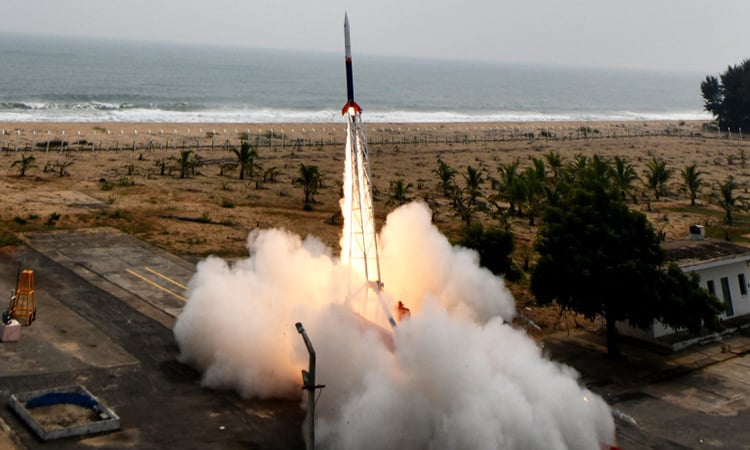
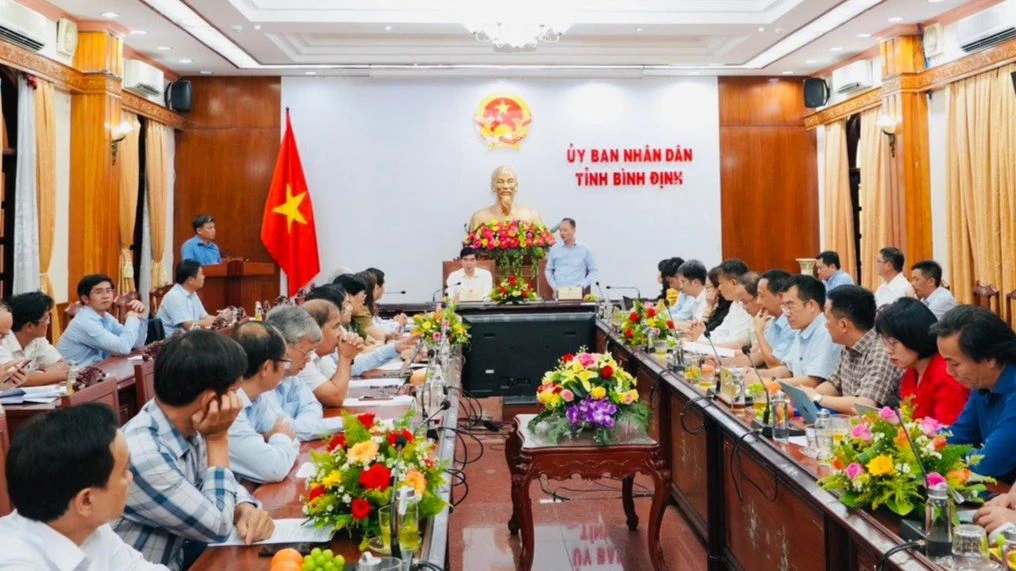

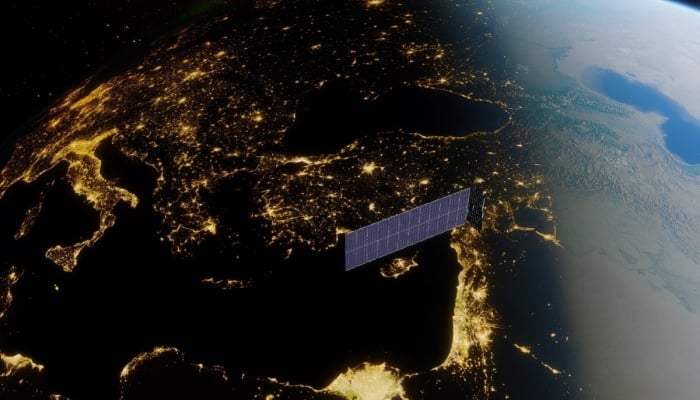

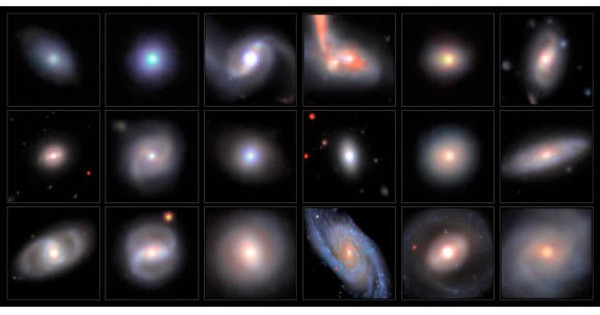

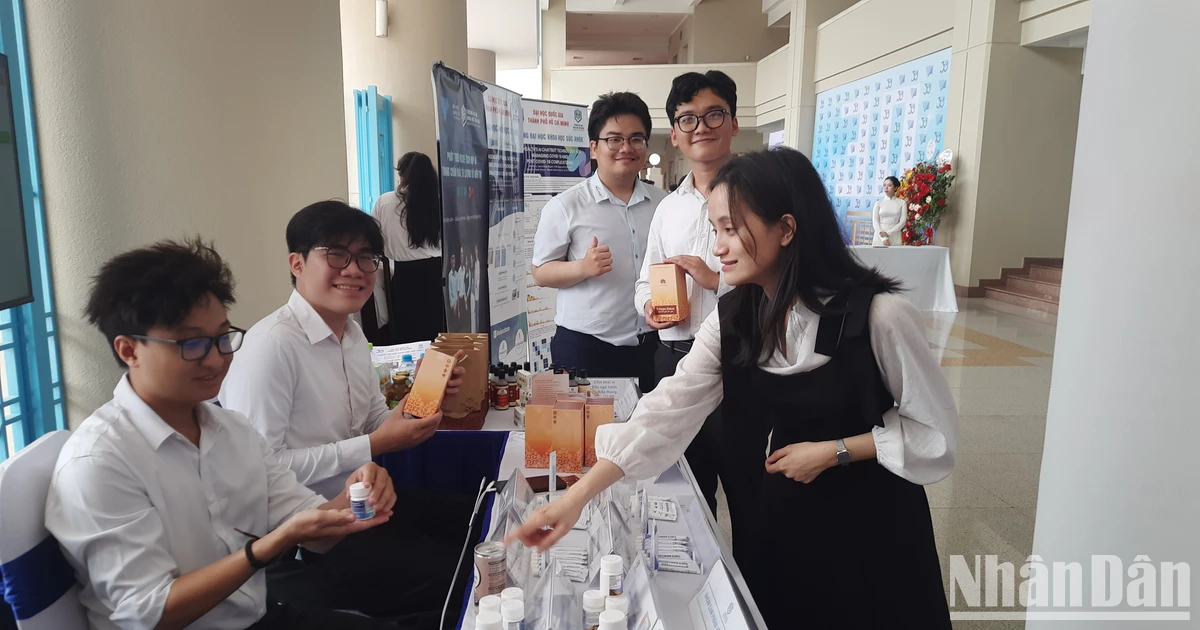
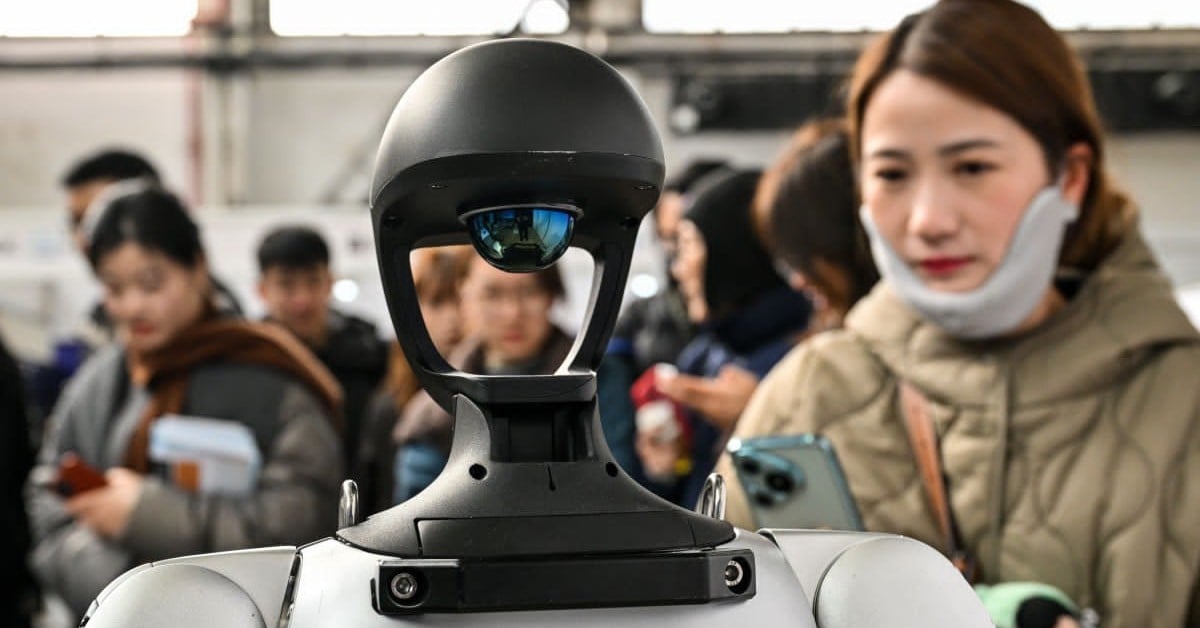

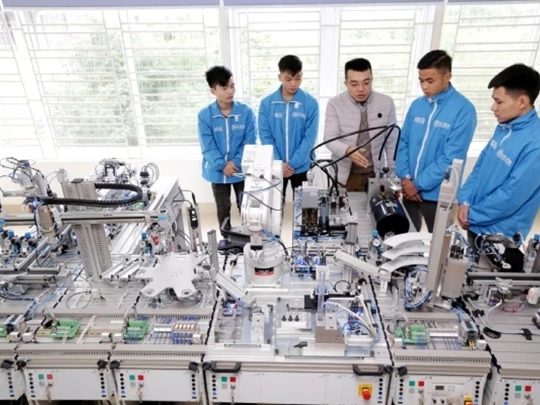


















![[Photo] Prime Minister Pham Minh Chinh chairs Government Conference with localities on economic growth](https://vstatic.vietnam.vn/vietnam/resource/IMAGE/2025/2/21/f34583484f2643a2a2b72168a0d64baa)

























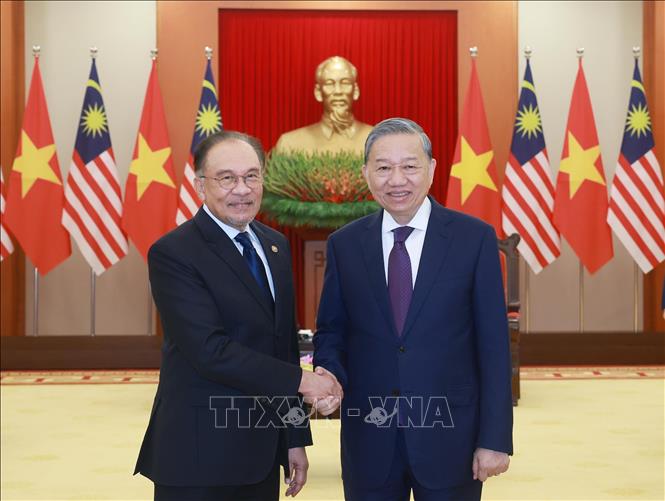
























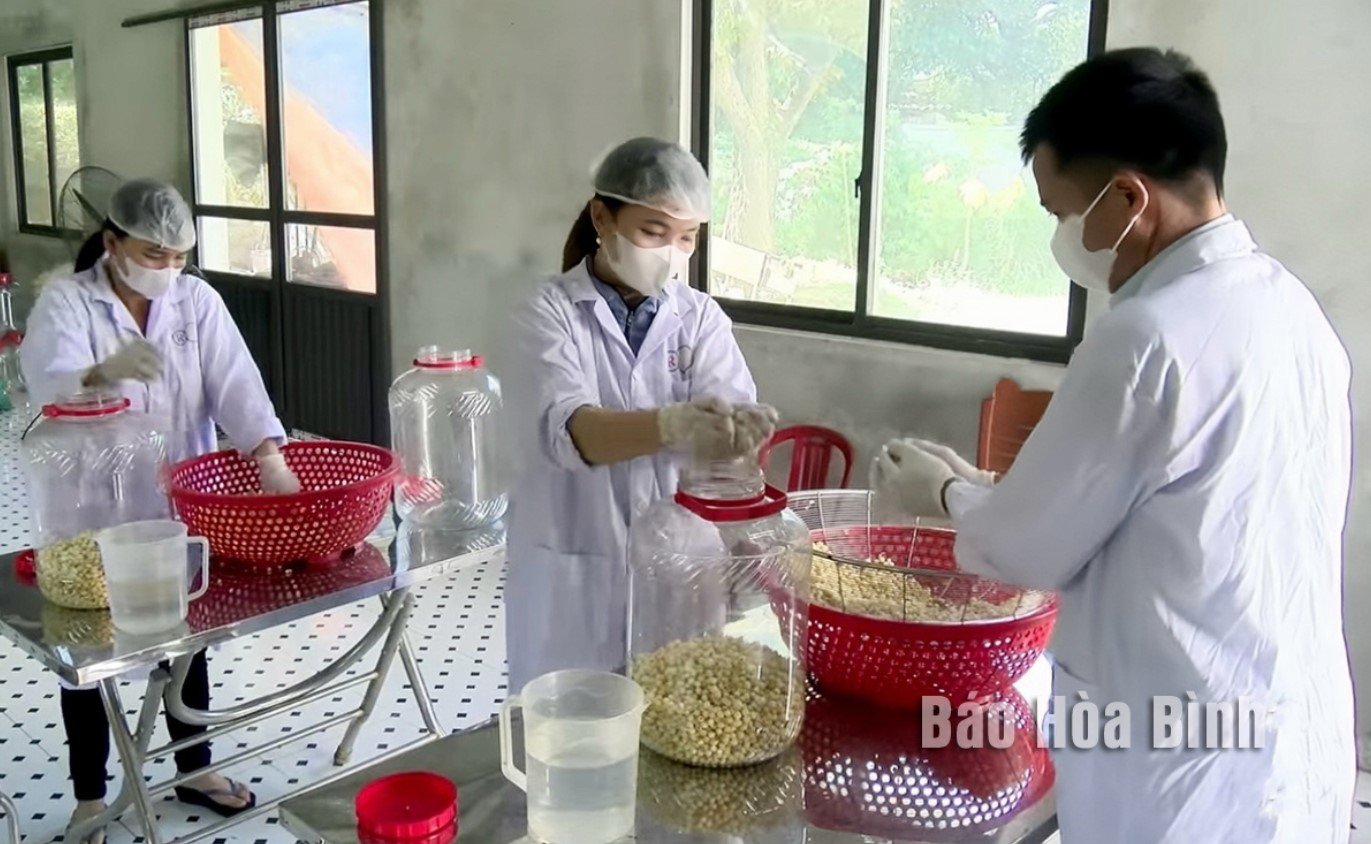







Comment (0)